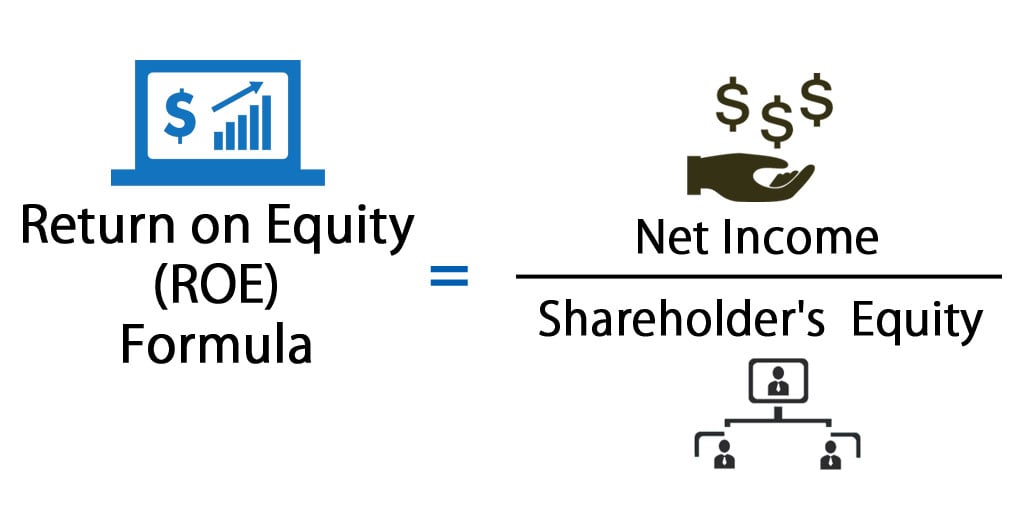
Treasury stock is not an asset, it’s a contra-stockholders’ equity account, that is to say it is deducted from stockholders’ equity. The par value of issued stock is an arbitrary value assigned to shares in order to fulfill state law. The par value is typically set very low (a penny per share, for example) and is unrelated to the issue price of the shares or their market price.

Stockholders’ Equity: A Key Indicator of Company’s Value
Companies may return a portion of stockholders’ equity back to stockholders when unable to adequately allocate equity capital in ways that produce desired profits. This reverse capital exchange between a company and its stockholders is known as share buybacks. Shares bought back by companies become treasury shares, and their dollar value is noted in the treasury stock contra account. Companies fund their capital purchases with equity and borrowed capital.
Do you already work with a financial advisor?
Dividend recapitalization—if a company’s shareholders’ equity remains negative and continues to trend downward, it is a sign that the company could soon face insolvency. The capital asset pricing model (CAPM) is a formula for calculating the cost of equity. Dividends can significantly increase the rate of return on investment, so if the business pays them out, they must be factored in.
How Do You Calculate Shareholders’ Equity?
Paid-in capital and retained earnings are the two primary components of stockholders’ equity. A company’s assets and liabilities can change at any time as well due to unforeseen circumstances. You’re using information from the company’s balance sheet so it can be difficult to pinpoint the accuracy of depreciation and other factors.
- Microsoft paid $56 per share in an all-cash transaction, partly because of Nuance’s strong balance sheet with a stockholders’ equity of $1.6 billion as of Sept. 30, 2021.
- That “margin” factors into the decision-making for stock market and equity investments.
- By comparing total equity to total assets belonging to a company, the shareholders equity ratio is thus a measure of the proportion of a company’s asset base financed via equity.
- Aside from stock (common, preferred, and treasury) components, the SE statement includes retained earnings, unrealized gains and losses, and contributed (additional paid-up) capital.
- Shareholder equity represents the total amount of capital in a company that is directly linked to its owners.
It uses the current market value (CMV), dividends per share (DPS), and dividend growth rate (GRD). Stockholders’ equity can be calculated by subtracting the total liabilities of a business from total assets or as the sum of share capital and retained earnings minus treasury shares. The stockholder’s equity can be calculated by deducting the total liabilities from the company’s total assets. In other words, the Shareholder’s equity formula finds the net value of a business or the amount that the shareholders can claim if the company’s assets are liquidated, and its debts are repaid.
Why Is It Important for a Company to Have Enough Stockholders’ Equity?
Consider this carefully if you’re seeking equity instead of debt financing. This number is useful for investors because it measures the difference between an expected rate of return on your investment and the risk-free rate. If the MRP is negative, you’re better off investing in bonds or looking for equity elsewhere. A positive MRP is a good sign, but make sure the ERP is also positive. The retained earnings portion reflects the percentage of net earnings that were not paid to shareholders as dividends and should not be confused with cash or other liquid assets. Positive shareholder equity means the company has enough assets to cover its liabilities.
By comparing total equity to total assets belonging to a company, the shareholders equity ratio is thus a measure of the proportion of a company’s asset base financed via equity. The equity risk premium is the difference between the risk-free rate and the average market rate of return. That “margin” factors into the decision-making for stock market and equity investments. millions of americans might not get stimulus The ERP should match or exceed the required rate of return set by the investor. The company’s cost of equity can be higher than the cost of debt because interest payments on debt are tax deductible. Systematic risk could impact the investor’s cost, such as not meeting the expected market return or losses due to the stock’s volatility on a public exchange.
Her work has been published on sites like Quicken and the crypto exchange Bybit. For information pertaining to the registration status of 11 Financial, please contact the state securities regulators for those states in which 11 Financial maintains a registration filing. It also highlights how this figure can play an important role in determining whether or not a company has enough capital to meet its financial obligations.
The equity of a company is the net difference between a company’s total assets and its total liabilities. A company’s equity, which is also referred to as shareholders’ equity, is used in fundamental analysis to determine its net worth. This equity represents the net value of a company, or the amount of money left over for shareholders if all assets were liquidated and all debts repaid. For this reason, many investors view companies with negative shareholder equity as risky or unsafe investments.